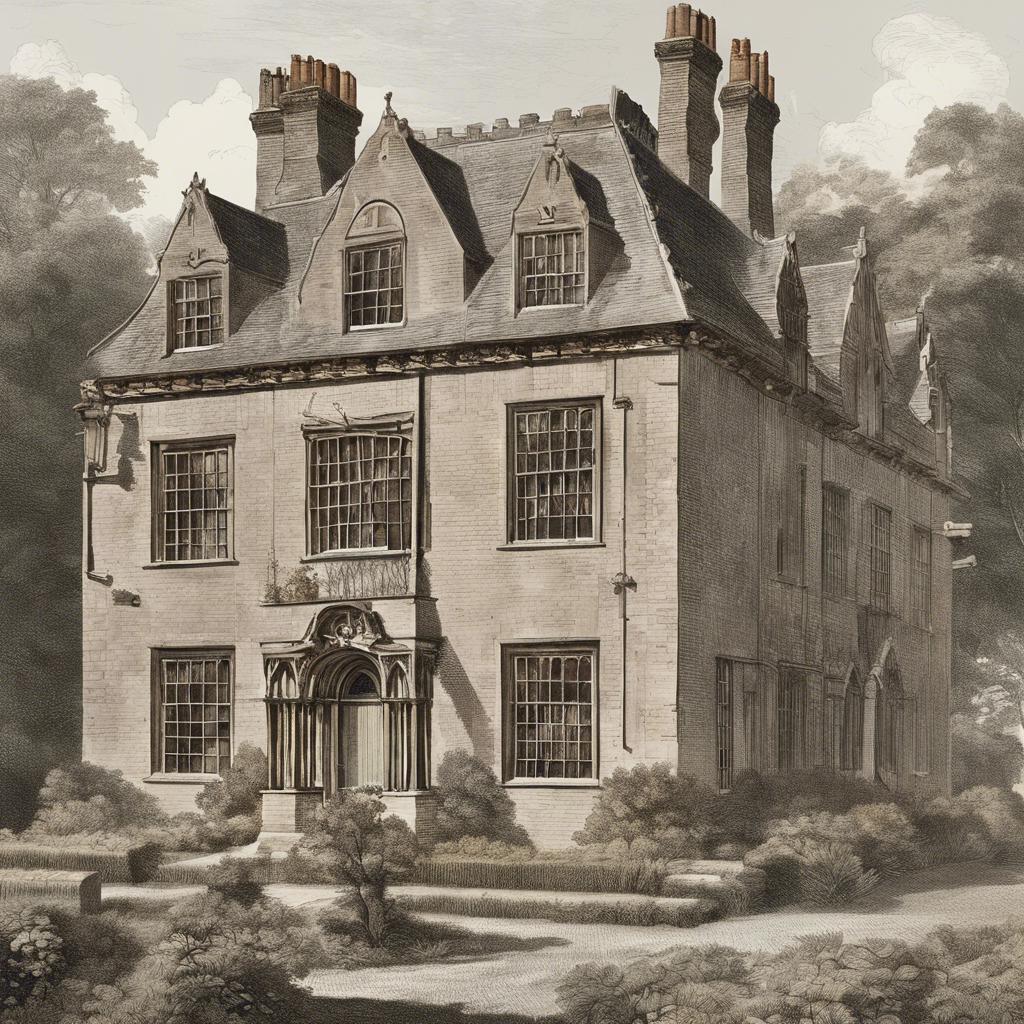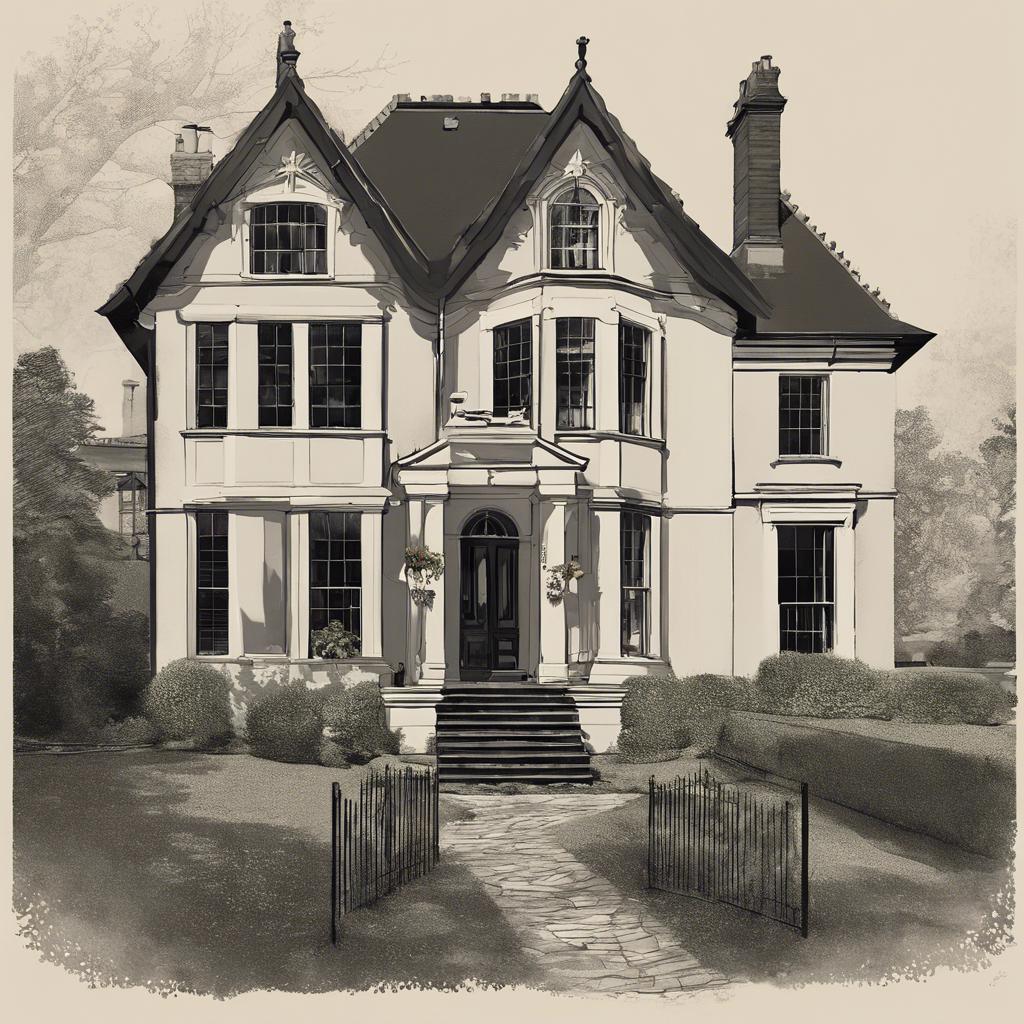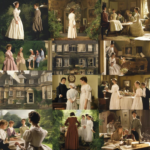Located in the quaint village of Steventon in southern England, Steventon Rectory is a historically significant residence that has borne witness to centuries of human history. Serving as the home of renowned author Jane Austen during her formative years, this stately rectory holds a unique place in literary and cultural heritage. Join us as we delve into the fascinating history and legacy of Steventon Rectory, exploring the lives and times of those who once resided within its walls.
Step Into the World of Cheryl Bolen
Dive into the enchanting stories of love, intrigue, and elegance set in the Regency Era. Cheryl Bolen's novels offer timeless romance and captivating tales that will leave you wanting more.
Explore Cheryl Bolen's Books Now
Heading 1: The Origins and History of Steventon Rectory
Steventon Rectory has a rich history that dates back several centuries. Originally built in the 12th century, the Rectory has been a prominent landmark in the village of Steventon for generations. It served as the home of the local clergy and played a significant role in the religious and social life of the community.
The origins of Steventon Rectory can be traced back to the medieval period. It was initially constructed as a simple building made of stone and thatch, typical of the architecture of the time. Over the years, the Rectory underwent several renovations and expansions, reflecting the changing styles and tastes of the various occupants who called it home.
One of the most famous residents of Steventon Rectory was the renowned author Jane Austen. She lived in the Rectory with her family for many years, and it is believed that the peaceful surroundings of Steventon provided her with the inspiration for some of her most beloved works. Today, Steventon Rectory stands as a testament to the village’s rich heritage and continues to be a place of historical significance.
Heading 2: Architectural Features and Design of Steventon Rectory
Steventon Rectory, located in the quaint village of Steventon, is a prime example of Georgian architecture. The rectory boasts a symmetrical facade with elegant sash windows and a central entrance adorned with a classic pediment. The exterior is constructed from locally sourced red brick, giving the building a warm and welcoming appearance.
The interior of Steventon Rectory reflects the simplicity and functionality characteristic of Georgian design. The spacious rooms are bathed in natural light streaming through large windows, while high ceilings create a sense of grandeur. Original features such as decorative cornices, fireplaces, and wooden paneling add a touch of sophistication to the living spaces.
Surrounding the rectory are impeccably landscaped gardens, featuring manicured lawns, vibrant flower beds, and mature trees. A stone pathway leads visitors through the grounds, offering glimpses of hidden alcoves and charming garden ornaments. The outdoor spaces at Steventon Rectory are a perfect reflection of the harmonious relationship between architecture and nature.
Heading 3: Literary Significance of Steventon Rectory in Jane Austens Life
The picturesque Steventon Rectory in Hampshire, England, holds great literary significance in the life of renowned author Jane Austen. It was the birthplace of Jane Austen on December 16, 1775, where she spent the first 25 years of her life. The rectory was not only Jane’s childhood home but also played a crucial role in shaping her as a writer and influencing her literary works.
Steventon Rectory provided the ideal setting for Jane Austen to observe and draw inspiration from the world around her. Surrounded by the English countryside, Jane had the opportunity to interact with a wide range of characters and experience the social norms and customs of the time. These experiences would later be reflected in her novels, such as “Pride and Prejudice” and “Sense and Sensibility.”
Furthermore, Steventon Rectory served as a hub for intellectual and literary activities, as Jane Austen’s father, Reverend George Austen, encouraged a love for literature and writing in his children. Jane honed her skills as a storyteller and writer in the quiet confines of the rectory, laying the foundation for her later success as one of the most beloved authors in English literature.
Heading 4: Preservation Efforts and Recommendations for Steventon Rectory
Steventon Rectory, the childhood home of beloved author Jane Austen, holds great historical significance. Preservation efforts are crucial to ensure this important piece of literary history remains intact for future generations to appreciate. To effectively preserve Steventon Rectory, it is essential to implement the following recommendations:
- Regular maintenance and upkeep of the building structure.
- Conservation of original architectural features and interior décor.
- Documentation of historical significance and restoration processes.
By following these recommendations, Steventon Rectory can continue to stand as a testament to Jane Austen’s life and work, allowing visitors to gain insight into the world that inspired her timeless novels.
Furthermore, collaboration with historical preservation organizations and local authorities can provide valuable resources and support for the ongoing maintenance of Steventon Rectory. Engaging with the community through educational programs and guided tours can also raise awareness about the importance of preserving cultural heritage sites like this one. Together, we can ensure that Steventon Rectory remains a treasured landmark for generations to come.
In Conclusion
Steventon Rectory stands as a significant landmark in the history of English literature, serving as the childhood home of renowned author Jane Austen. The rectory’s picturesque surroundings and esteemed inhabitants undoubtedly influenced Austen’s literary works and continue to captivate visitors with its charm and historical significance. As we reflect on the legacy of Steventon Rectory, we are reminded of the enduring impact of this humble abode on the world of literature, solidifying its place in the annals of English history.


